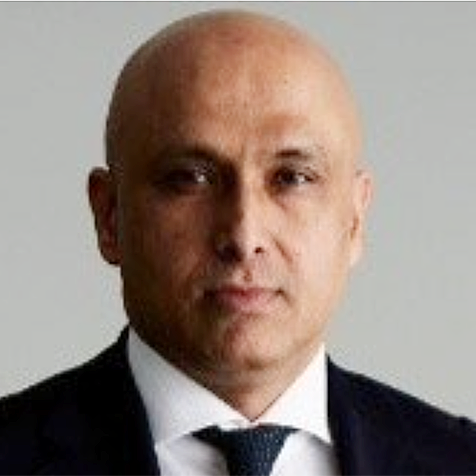Traditionally, the semiconductor industry operates in cycles, each lasting about four years. These cycles often peak when both revenue and capital expenditures experience strong double-digit growth year-on-year.
As of the third quarter of 2024, the industry is showing signs of optimism. While capital spending remains moderate and semiconductor exports are improving, manufacturers appear to be restocking in anticipation of upcoming product launches. However, the overall confidence required for large-scale expansions has not fully returned yet, according to US investment management and research firm Morningstar.
Memory chip prices and profit margins are on the recovery path. After hitting their lowest point in H2 2023, prices rebounded significantly in early 2024, spurred by better pricing and improved factory utilization rates. Despite these improvements, memory chip supply is expected to remain tight until at least H1 2025. This is largely due to constrained capital spending in 2023 and a strategic focus in 2024 on investments in high bandwidth memory (HBM), an advanced technology essential for high-performance computing applications such as graphics cards, servers, and artificial intelligence (AI) processing.
Export data suggest uptick in demand
 Source: MOEA, data as of July 29 2024; MOEF, data as of August 12 2024
Source: MOEA, data as of July 29 2024; MOEF, data as of August 12 2024
On the demand side, Morningstar sees orders for PCs and general-purpose servers picking up in 2025, as AI-driven replacement demand increases. This surge in demand stems from the growing need for advanced computing power, particularly for AI applications, which heavily rely on faster memory types like HBM.
As a result of these trends, the memory market is believed to in the midst of a recovery. Notably, SK Hynix, a leading semiconductor maker, has seen its operating margin improve earlier than its competitors, largely due to its greater exposure to HBM production, which is in high demand. However, it is expected that this advantage will narrow by 2025, as both Samsung and Micron begin shipping their most advanced HBM products, increasing competition in the market.
Semiconductor manufacturers have become more optimistic compared to Q2 2024, as indicated by higher capital expenditure projections and increased pipeline capacity. In the memory sector, the risk of overcapacity is limited as capacity growth is expected to be just 5% in 2025. However, non-advanced foundries face greater risk, with cumulative capacity growth projected to reach 25% by 2025 compared to 2023. Primary risks would be concentrated in Chinese foundries, which are focused on substituting imports and producing locally designed chips, according to Morningstar.
China’s semiconductor industry is rapidly expanding, but its impact on cutting-edge technologies and dynamic random access memory (DRAM) has been minimal. The DRAM market remains dominated by three major players: Samsung, SK Hynix, and Micron. China’s progress in advanced chip production is constrained by restrictions on acquiring extreme ultraviolet (EUV) lithography equipment.









